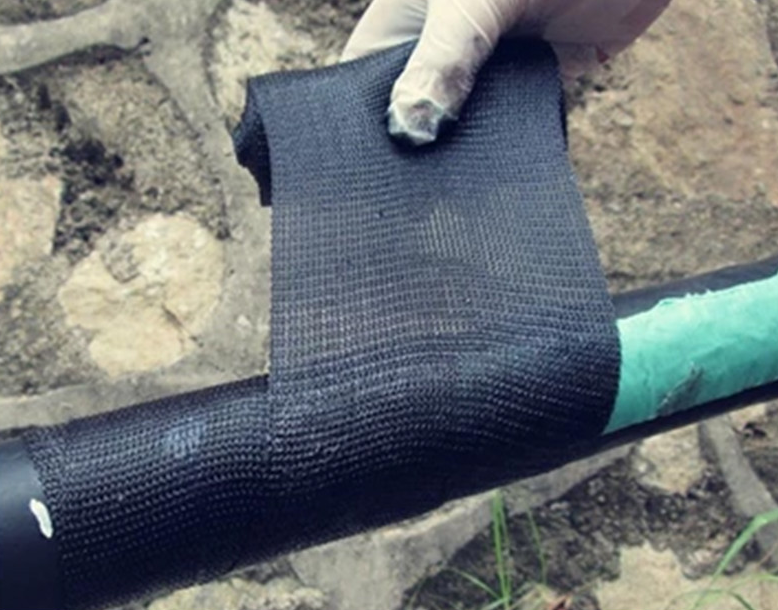Understanding the Types of Intumescent Strips
Intumescent strips are a crucial component in passive fire protection, often used in doors, frames, and other building elements to enhance fire safety. When exposed to heat, these strips expand significantly, sealing gaps to prevent the passage of smoke and flames. Understanding the different types of intumescent strips is essential for architects, builders, and safety professionals to ensure effective fire protection measures in various applications.
1. Material Composition
Intumescent strips can be composed of various materials, primarily polymers and hydrogels that exhibit a remarkable ability to swell when subjected to high temperatures. The most common materials used in manufacturing these strips include
- Graphite Often chosen for its excellent thermal properties, graphite-based intumescent strips expand rapidly and create a robust barrier against fire. - Polyurethane This material is flexible and can easily adapt to various shapes, making it a popular choice for door sealing applications. - Hydrocarbon-based compounds These strips also provide a reliable barrier and are often used in scenarios where moisture resistance is crucial.
2. Types of Intumescent Strips Based on Functionality
Intumescent strips can be categorized based on their functional application
- Smoke Seals These strips are designed primarily to prevent smoke from spreading through gaps in doors or frames. While they may have intumescent properties, their main function is to impede smoke passage, thereby enhancing the overall fire safety of a building.
- Fire Seals These strips expand to create a barrier against flames and high temperatures. They are often used in fire-rated doors and walls, ensuring that the fire remains contained within a specific area, allowing for safe evacuation and minimizing damage.
- Acoustic Seals Some intumescent strips are specifically designed to provide soundproofing in addition to fire protection. These strips not only expand during a fire but also block sound transmission, which can be beneficial in multi-use buildings.
types of intumescent strips

Intumescent strips come in various configurations to meet specific installation requirements
- Self-adhesive Strips These strips have a peel-and-stick backing for easy installation on doors and frames. They offer convenience but may require careful surface preparation to ensure optimal adhesion.
- Groove Types Designed to fit into grooves or channels in doors, these strips provide a seamless application that can enhance aesthetic appeal while still delivering robust fire protection.
- Screw-fix Strips These are attached using screws or fasteners, often providing a more permanent solution in high-traffic areas where wear and tear may be a concern.
4. Standards and Certification
Intumescent strips must meet specific fire safety standards to ensure their effectiveness. In many regions, they are required to comply with local and international fire safety regulations. Look for certifications that indicate the strips have been tested for performance, such as
- BS 476 A standard in the UK that assesses fire resistance. - UL 10C A standard in the United States focusing on fire test procedures for door assemblies.
5. Installation Considerations
Proper installation is crucial for the effectiveness of intumescent strips. It is essential to ensure that the strips are fitted snugly without gaps to maximize their performance. Professionals should consider factors such as door material, frame alignment, and building codes when installing these fire safety components.
Conclusion
Intumescent strips are a vital part of fire safety systems, providing an efficient means of controlling the spread of smoke and flames during a fire event. By understanding the types, materials, functionalities, and installation considerations associated with intumescent strips, professionals can make informed decisions that enhance the safety of buildings and their occupants. Investing in quality intumescent strips, compliant with relevant fire safety standards, is an essential aspect of any fire protection strategy.
-
XIANGFAN Rubber Tape-Ultimate Solutions for All Your Insulation NeedsNewsJun.24,2025
-
XIANGFAN Rubber Tape-Protection for Industrial and Residential ApplicationsNewsJun.24,2025
-
XIANGFAN Rubber Tape: Superior Safety and Sealing for Demanding EnvironmentsNewsJun.24,2025
-
XIANGFAN Rubber Tape: Reliable Solutions for Every Electrical ChallengeNewsJun.24,2025
-
XIANGFAN Electrical & Industrial Tape: Powering Reliability Across IndustriesNewsJun.24,2025
-
XIANGFAN Electrical & Industrial Tape: Excellence in Every ApplicationNewsJun.24,2025
